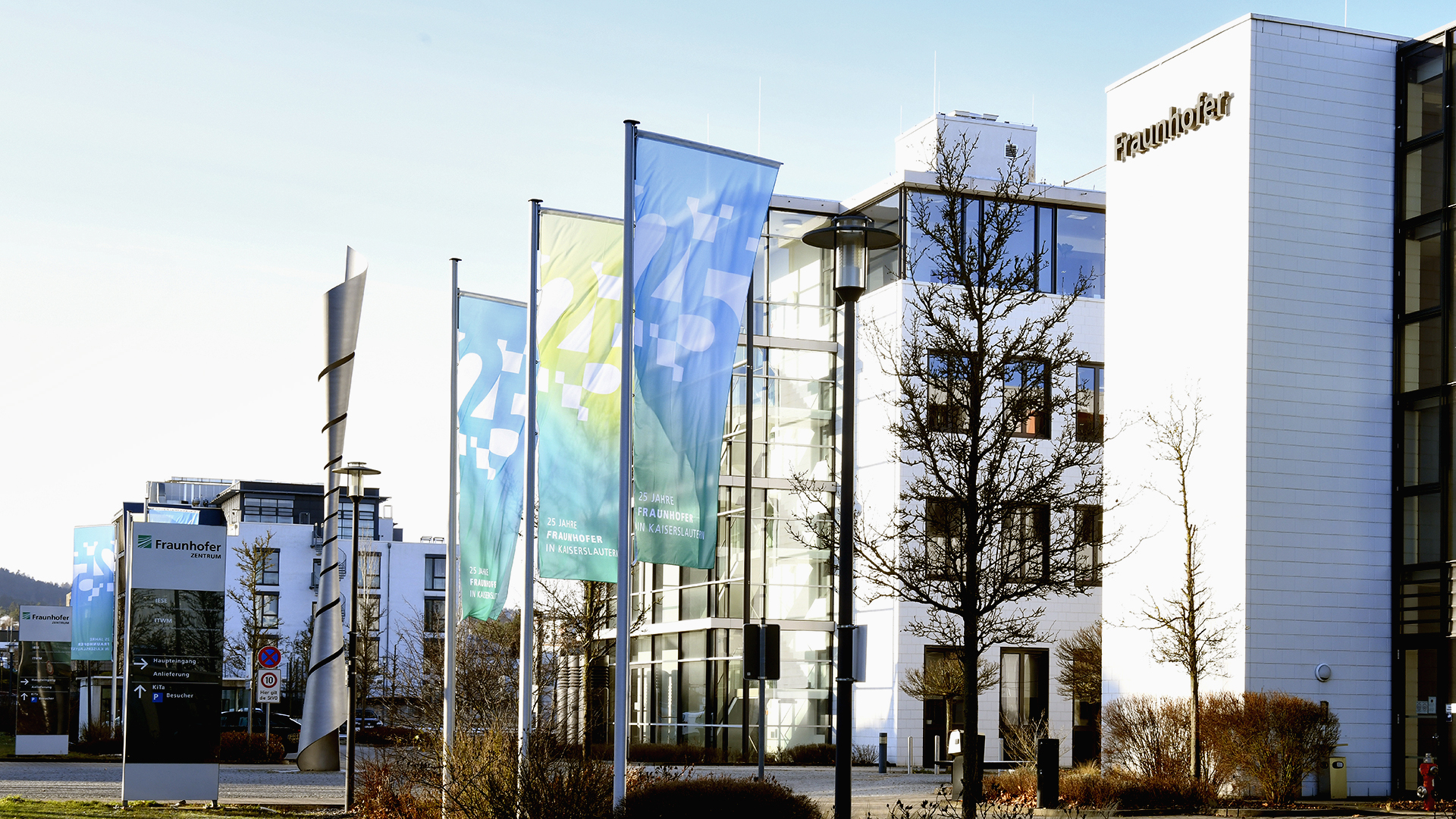What a milestone! For a quarter of a century now, mathematics has been used as a key technology in Kaiserslautern to optimize products and processes. The founding of the site, the Fraunhofer Center, where research and discovery has been taking place since January 1, 1996, created a place of innovation and we are proud to now be one of the largest mathematical research institutes in the world. This should be celebrated! That's why we have planned some great activities and will keep you informed about them on this page.
This special year, our motto is #GrowingTogether. The motto can be read in different ways and refers to both the joint growth, the growing larger of our institute as well as the growing together and coming together with partners such as the Technical University of Kaiserslautern, the city itself and other research institutions. We are grateful for this cooperation and look forward to the future here in Kaiserslautern.
In the context of our anniversary, you will find 25 little doors on this page, with which we want to share the achievements of our scientists and the exciting ideas and innovations of our institute with you. In keeping with the theme of our institute, we are using the official Day of the Circle Number Pi and Mathematics Day, March 14, 2021, to open the first door for you. From then on, you can look forward to new little doors until the end of the year. The pictures also adorn 25 of our windows at the institute, so don't miss the sight and stop by! Because we can't invite you to a real birthday party at the institute this year.





